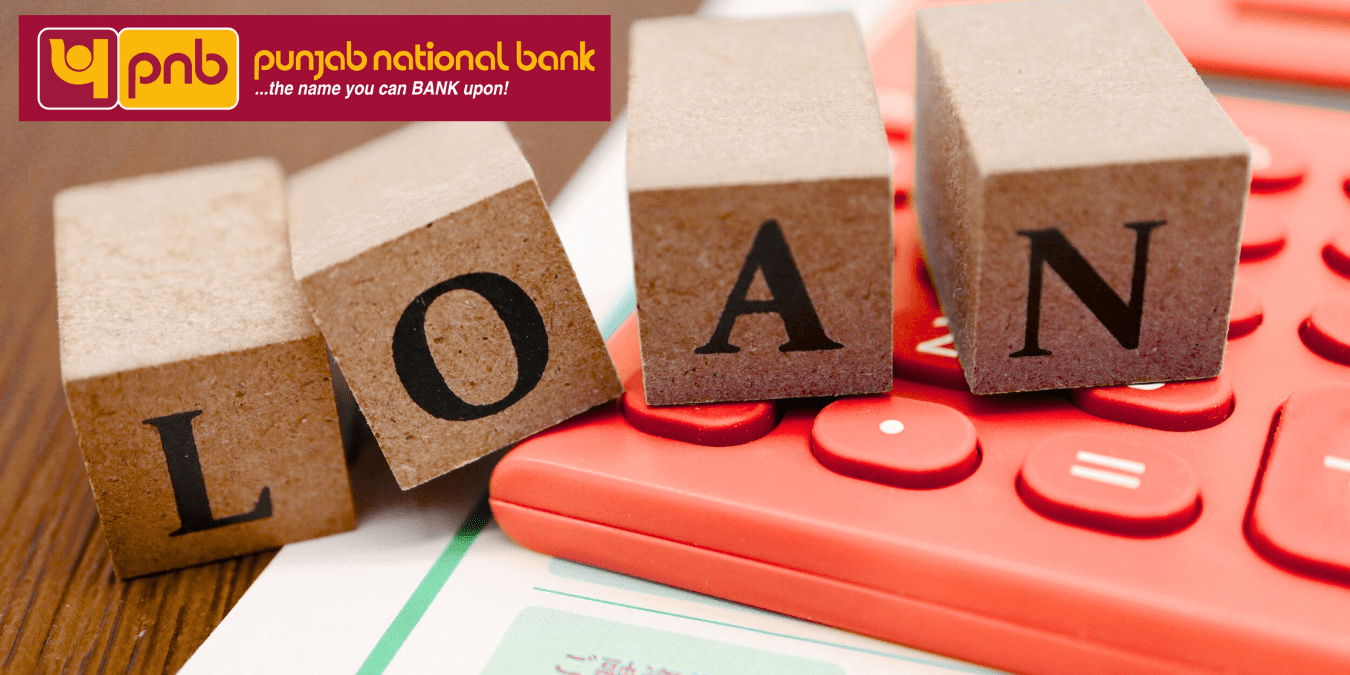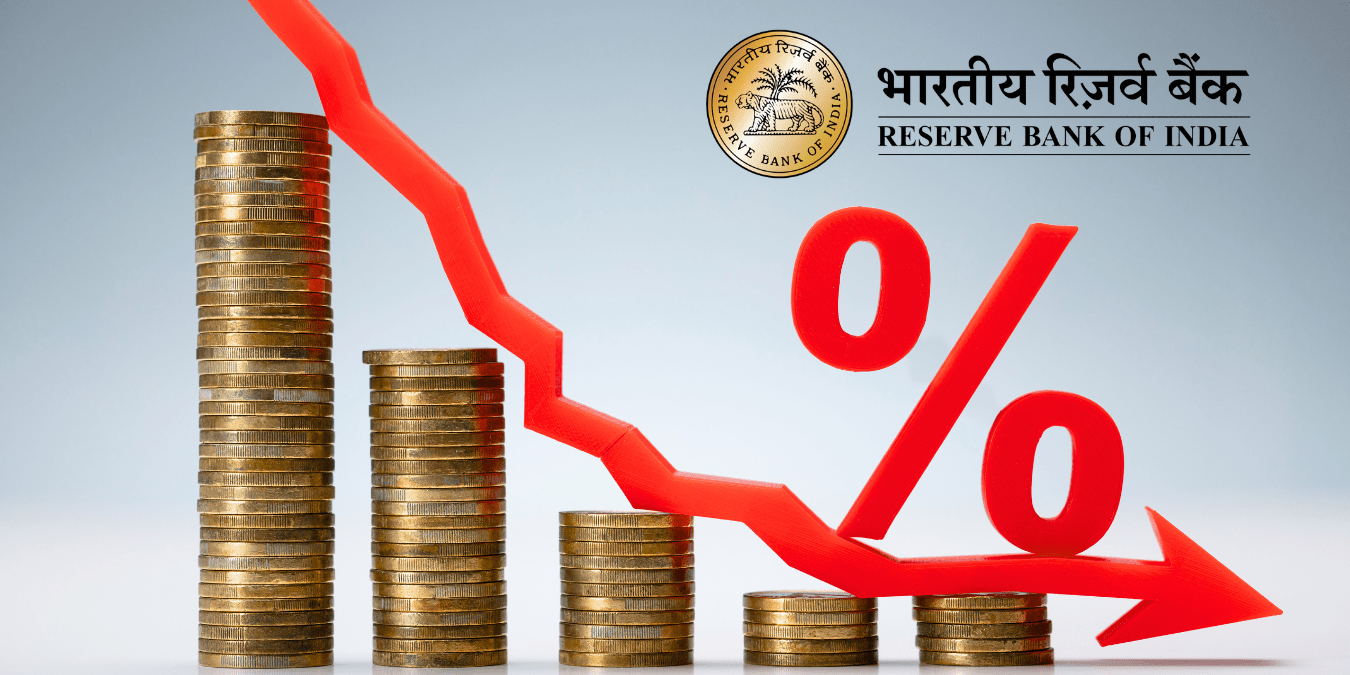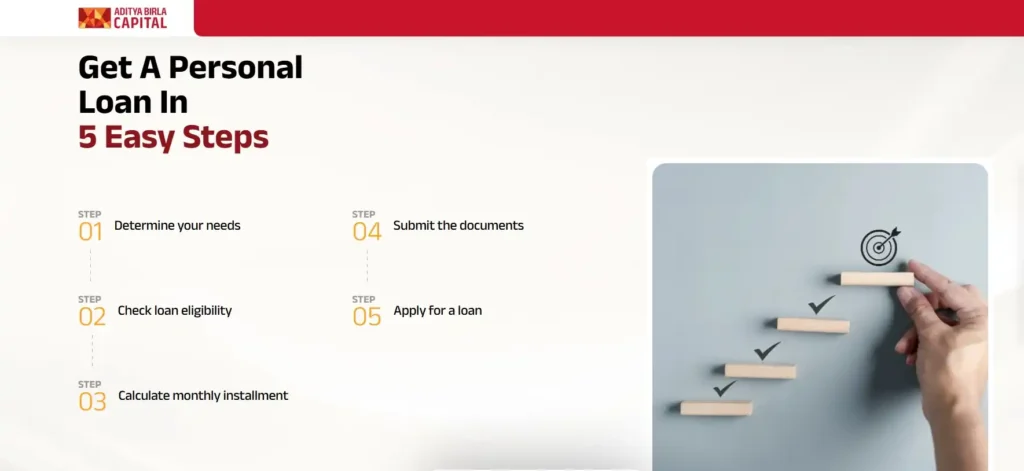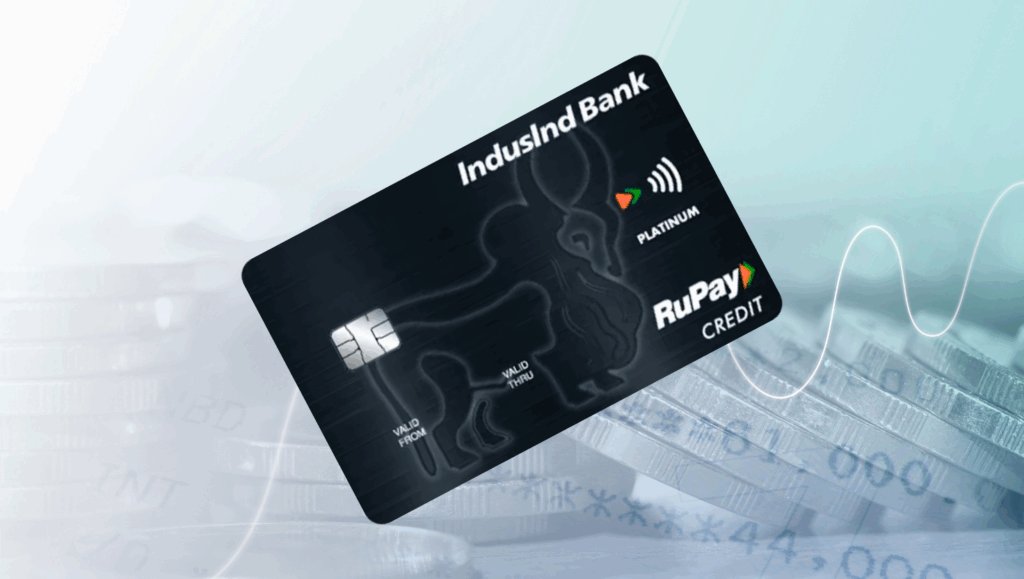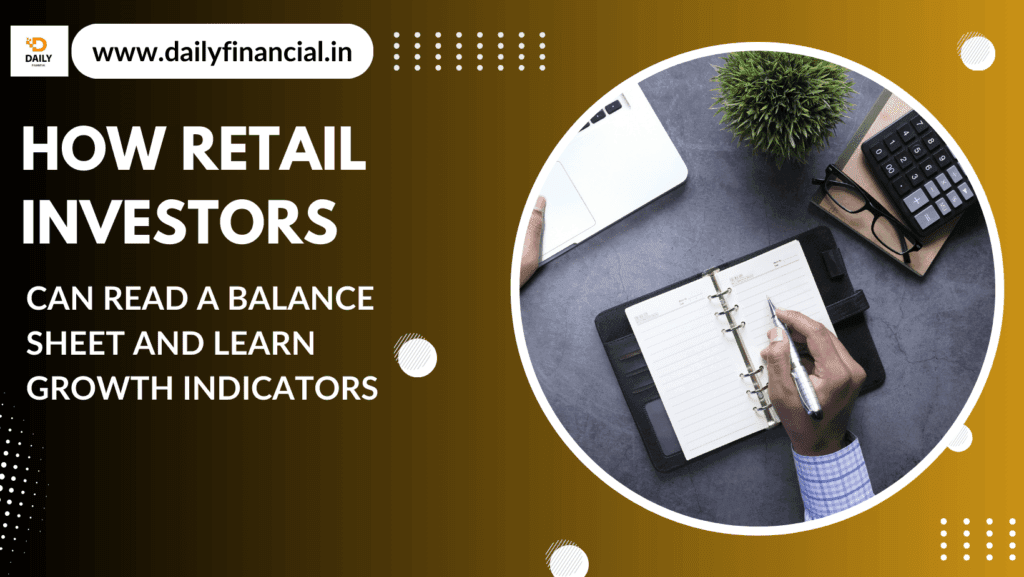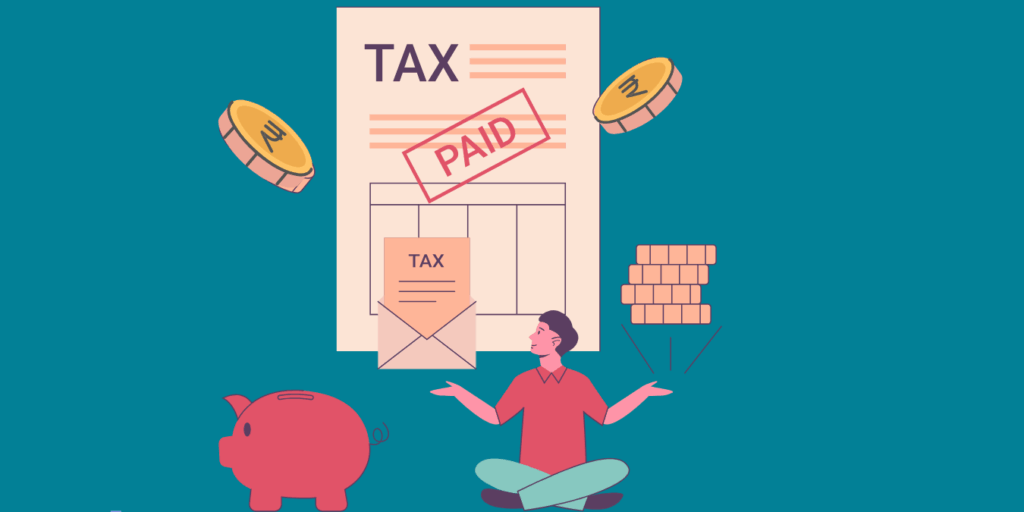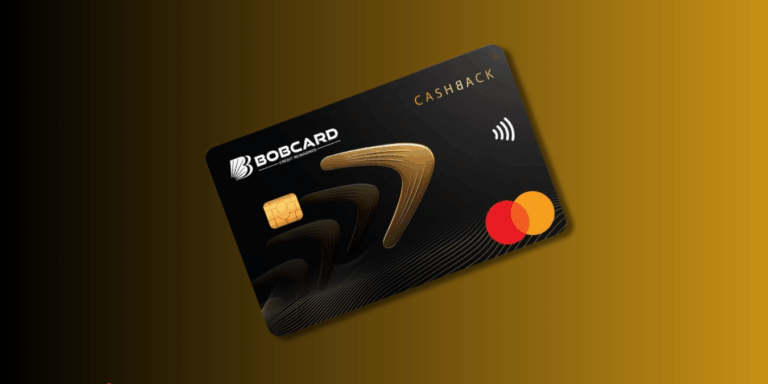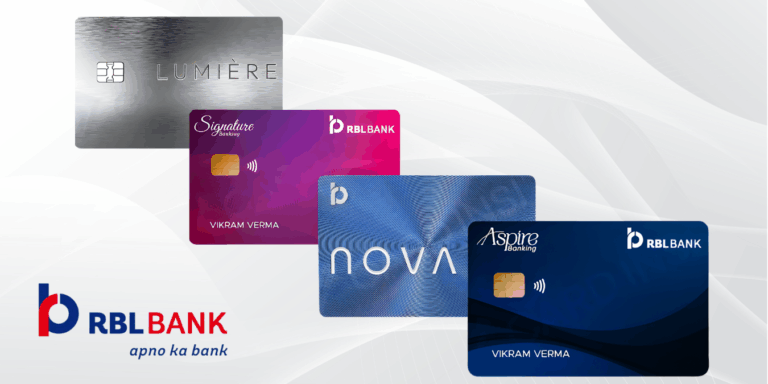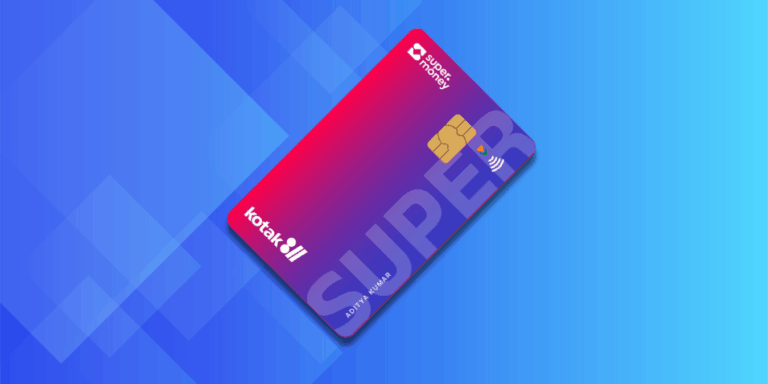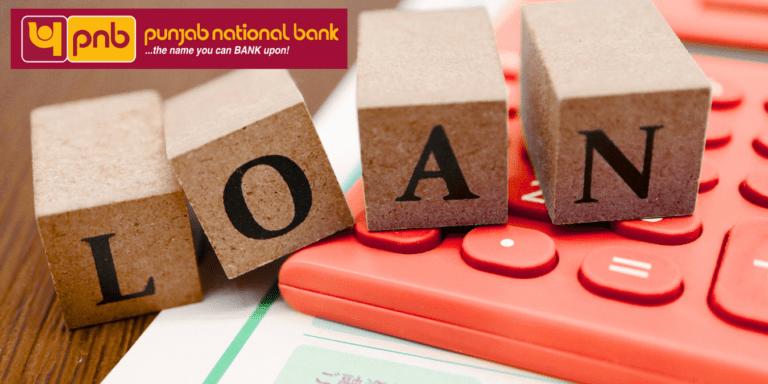
” Is no-cost EMI is truly a good deal! Learn how it works, its pros and cons, hidden charges, and how it compares to personal loans. Make informed decisions with our 2023 guide on credit card EMIs. Read now to save money and avoid financial pitfalls! “
In today’s fast-paced world, credit cards have become an essential financial tool for many. Among the various features offered by credit cards, the no-cost EMI (Equated Monthly Installment) option has gained significant popularity. But is it really a good deal? In this comprehensive blog post, we will delve into the intricacies of no-cost EMI, its benefits, potential pitfalls, and what you should consider before opting for it.
Understanding No-Cost EMI
No-cost EMI is a payment option that allows consumers to purchase products and pay for them in installments without any additional interest charges. This feature is particularly attractive for big-ticket items like electronics, appliances, and furniture. The concept is simple: the total cost of the product is divided into equal monthly installments, and the consumer pays the same amount as the original price of the product.
For example, if you purchase a smartphone worth ₹60,000 under a 12-month no-cost EMI option, you will pay ₹5,000 every month. The total amount paid at the end of the tenure remains ₹60,000, with no extra charges.
How No-Cost EMI Works
While the term “no-cost EMI” suggests that there are no additional costs involved, it’s essential to understand how it works. Banks and financial institutions cannot offer interest-free credit, so the interest cost is usually borne by the merchant. This is often done by providing an upfront discount equivalent to the interest amount.
At first glance, no-cost EMI seems like a win-win situation. You get to buy what you want without paying extra in interest. But how does it actually work? Here’s a breakdown:
- Merchant Discount Rate (MDR): When you opt for no-cost EMI, the retailer or manufacturer pays the interest to the bank or credit card issuer on your behalf. This is often covered through a Merchant Discount Rate (MDR), which is a fee the merchant pays to the bank for processing the transaction.
- Tenure Options: No-cost EMI plans typically offer tenures ranging from 3 to 12 months. The longer the tenure, the smaller the monthly payment, but the more you might end up paying indirectly.
- Processing Fees: Some banks or retailers may charge a nominal processing fee for no-cost EMI transactions. This fee is usually a small percentage of the total purchase amount.
- Eligibility: Not all credit cards or purchases are eligible for no-cost EMI. Your credit limit, credit score, and the retailer’s partnership with your card issuer play a role in determining eligibility.
For instance, if a product costs ₹30,000 and the bank charges a 13.04% interest on the EMI amount, the merchant offers an upfront discount of ₹655, effectively reducing the cost of the product to ₹29,345. The consumer still pays ₹30,000 over the EMI tenure, making it a “no-cost” arrangement.
Latest Trends in No-Cost EMI
The no-cost EMI trend has gained significant traction in recent years, especially in emerging markets like India. According to a 2023 report by RBI (Reserve Bank of India), no-cost EMI transactions have grown by 35% year-on-year, driven by increasing consumer demand for affordable financing options.
E-commerce platforms like Amazon, Flipkart, and Paytm have also played a key role in popularizing no-cost EMI. During festive sales, these platforms offer exclusive no-cost EMI deals, further boosting their adoption.
Moreover, fintech companies are now partnering with banks to offer no-cost EMI on a wider range of products, including education, healthcare, and even groceries. This expansion is expected to drive further growth in the coming years.
The Pros of No-Cost EMI
1. Interest-Free Payments
The most obvious advantage of no-cost EMI is that you don’t pay any interest on your purchase. This can save you a significant amount of money, especially on high-value items.
2. Budget-Friendly
No-cost EMI allows you to spread the cost of a purchase over several months, making it easier to manage your finances without straining your budget.
3. Access to Premium Products
For many consumers, no-cost EMI makes it possible to afford premium products that would otherwise be out of reach. This is particularly beneficial for gadgets, home appliances, and luxury items.
4. Improved Cash Flow
By breaking down a large payment into smaller installments, you can maintain better cash flow and allocate funds to other essential expenses or investments.
The Cons of No-Cost EMI
While no-cost EMI sounds like a great deal, it’s not without its drawbacks. Here are some potential downsides to consider:
1. Hidden Costs
Although the EMI is interest-free, there may be hidden costs such as processing fees, GST (Goods and Services Tax), or higher product prices. Always read the fine print before committing to a no-cost EMI plan.
2. Impact on Credit Score
Frequent use of no-cost EMI can lead to multiple hard inquiries on your credit report, which may negatively impact your credit score. Additionally, if you miss an EMI payment, it could further harm your creditworthiness.
3. Temptation to Overspend
The ease of no-cost EMI can lead to impulsive buying. You might end up purchasing items you don’t really need, simply because the payment seems manageable.
4. Limited Flexibility
Once you opt for a no-cost EMI plan, you’re locked into the payment schedule. If your financial situation changes, you may find it difficult to adjust your payments.
How does no-cost EMI compare to personal loans
| Aspect | No-Cost EMI | Personal Loan |
| Interest Rate | Zero interest (interest is borne by the merchant or manufacturer). | Interest rates typically range from 9% to 24% per annum, depending on the lender and credit profile. |
| Eligibility | Requires a credit card with sufficient limit and a good credit score. | Requires a stable income, good credit score, and documentation (e.g., salary slips, bank statements). |
| Tenure | Short-term (usually 3 to 12 months). | Longer-term (ranging from 1 to 5 years). |
| Processing Fees | May charge a nominal processing fee (1-2% of the purchase amount). | Typically charges a processing fee (1-3% of the loan amount). |
| Hidden Costs | May include GST on processing fees or inflated product prices. | May include prepayment charges, late payment fees, and insurance costs. |
| Flexibility | Limited to specific products and merchants partnered with the card issuer. | Can be used for any purpose (e.g., medical expenses, weddings, travel, etc.). |
| Approval Time | Instant approval (if eligible). | Takes 1-7 days for approval, depending on the lender. |
| Credit Score Impact | May lead to multiple hard inquiries if used frequently, affecting credit score. | A single hard inquiry during application, but timely repayments improve credit score. |
| Loan Amount | Limited to the product price and credit card limit. | Higher loan amounts (up to ₹50 lakhs or more, depending on eligibility). |
| Repayment Structure | Fixed monthly installments with no flexibility. | Fixed EMIs, but some lenders allow prepayment or part-payment without penalties. |
| Usage | Restricted to specific purchases (e.g., electronics, appliances, travel). | Can be used for any personal expense or emergency. |
| Impact on Credit Limit | Reduces available credit limit until EMI is fully repaid. | Does not affect credit card limit, as it’s a separate loan. |
| Best For | Small to medium purchases (e.g., gadgets, furniture, appliances). | Large expenses or emergencies (e.g., home renovation, medical bills, weddings). |
| Example | Buying a ₹50,000 smartphone with 6-month no-cost EMI at ₹8,333/month. | Taking a ₹2 lakh personal loan at 12% interest for 2 years, EMI of ₹9,414/month. |
Key Takeaways:
- No-Cost EMI is ideal for short-term, interest-free financing of specific products, but it may come with hidden costs and limited flexibility.
- Personal Loans offer more flexibility and higher loan amounts but come with interest charges and longer tenures.
Choose the option that aligns with your financial needs, repayment capacity, and the purpose of the expense. If you’re making a small purchase and can repay it quickly, no-cost EMI might be the better choice. For larger expenses or emergencies, a personal loan could be more suitable. Always compare the total cost and terms before making a decision.
Key Factors to Consider Before Opting for No-Cost EMI
Before jumping on the no-cost EMI bandwagon, here are some important factors to keep in mind:
1. Compare Total Costs
Always compare the total cost of the product under no-cost EMI with its upfront price. Sometimes, retailers inflate the product price to cover the interest they pay to the bank.
2. Check for Processing Fees
Some banks charge a processing fee for no-cost EMI transactions. Make sure to factor this into your decision.
3. Evaluate Your Financial Situation
Ask yourself if you can comfortably afford the monthly payments without compromising other financial obligations. If not, it might be better to wait and save up instead.
4. Understand the Terms and Conditions
Read the fine print carefully. Look for any hidden charges, prepayment penalties, or other conditions that might affect your decision.
5. Check Your Credit Limit
No-cost EMI transactions require a sufficient credit limit. Ensure that your credit limit can accommodate the purchase without maxing out your card.
6. Consider Alternatives
Explore other financing options, such as personal loans or zero-interest credit card offers, to see if they might be a better fit for your needs.
No-cost EMI can be a great way to make big-ticket purchases more affordable, but it’s essential to understand the terms and conditions before opting for it. By considering the potential pitfalls and planning your finances carefully, you can make the most of this payment option. Always compare offers and read the fine print to ensure you are getting the best deal.
-
The 8.10% Home Loan: Why PNB’s Rate Cut is Both a Blessing and a ‘Goldilocks’ Trap for Indian Buyers in 2025
The 8.10% rate cut looks like a gift, but PNB’s new “Goldilocks” clause hides a mathematical trap for
-
The 0.25% Illusion: Why the Latest Rate Cuts by Bank of India, Indian Bank & Bank of Baroda Hide a Bigger Opportunity for You
Your lower home loan rate might be an illusion. While headlines cheer the RBI cut, a hidden “Reset
-
The RBI 25 bps Rate Cut: Why Your Wallet and the Economy is About to Feel Different
The 5.25% rate cut hides a shocking secret: money is actually tighter than before. While home loans drop,
